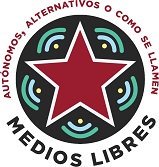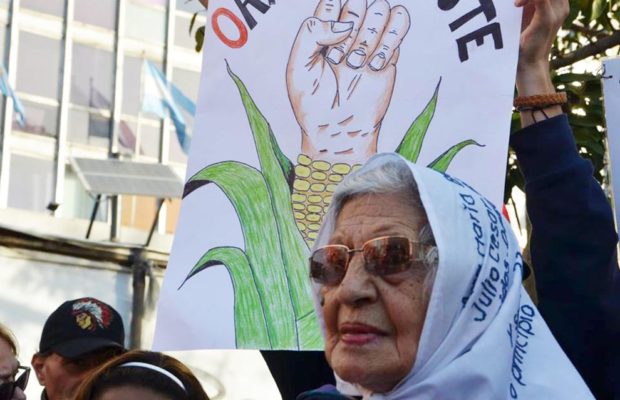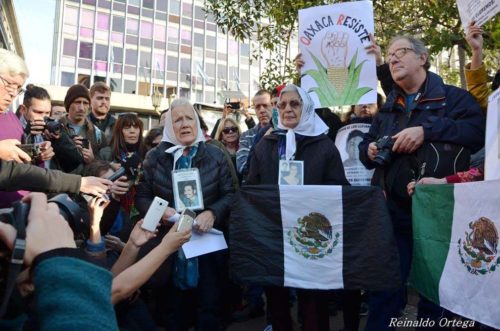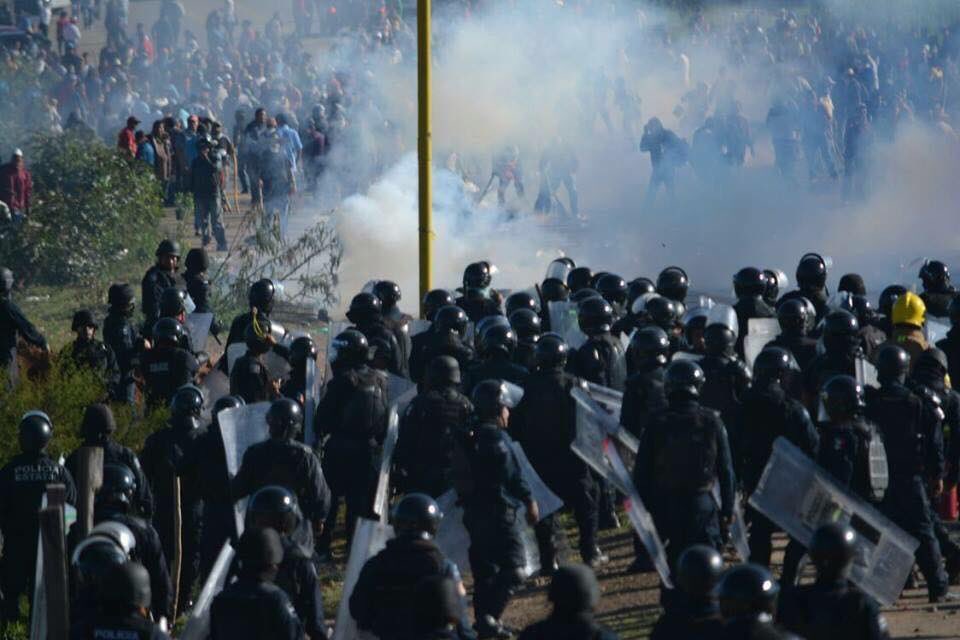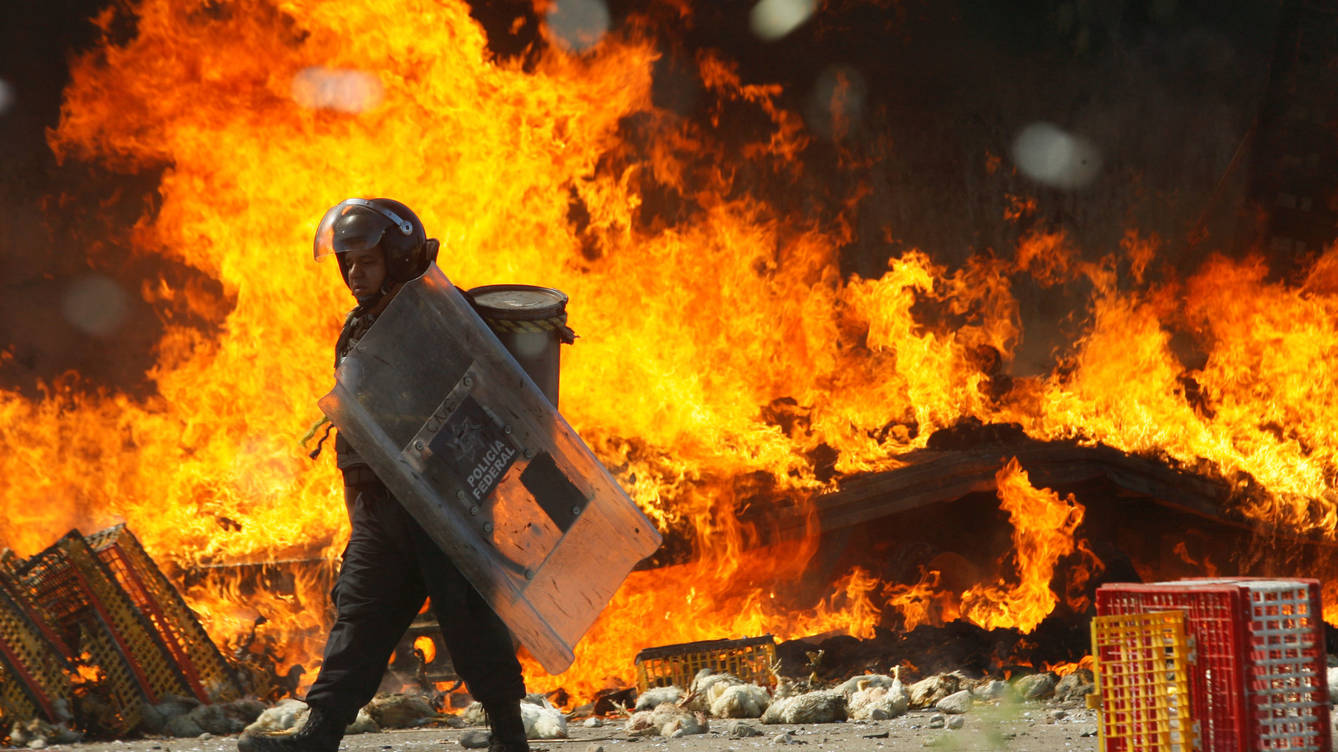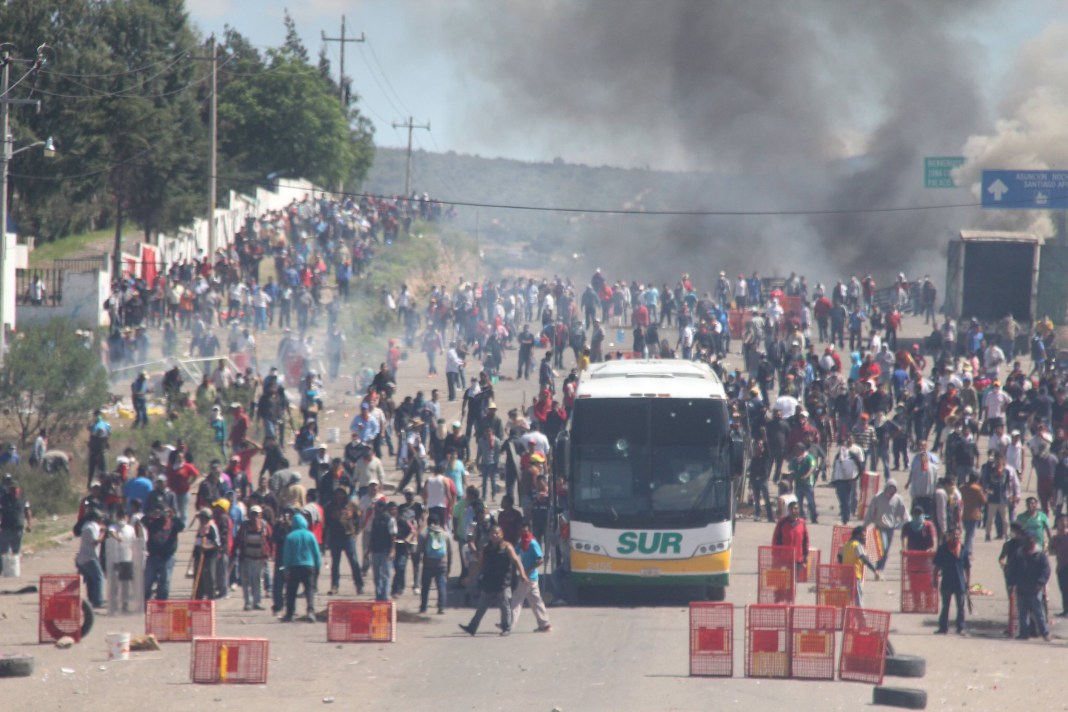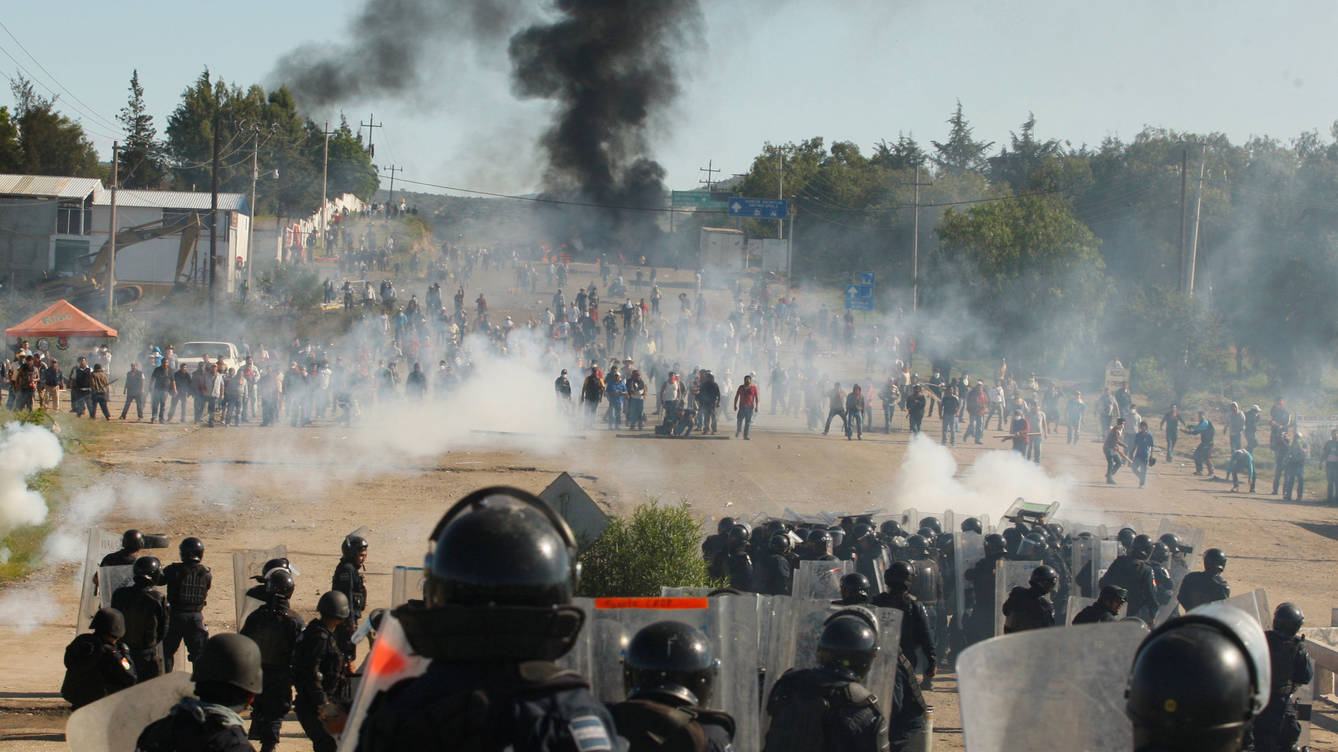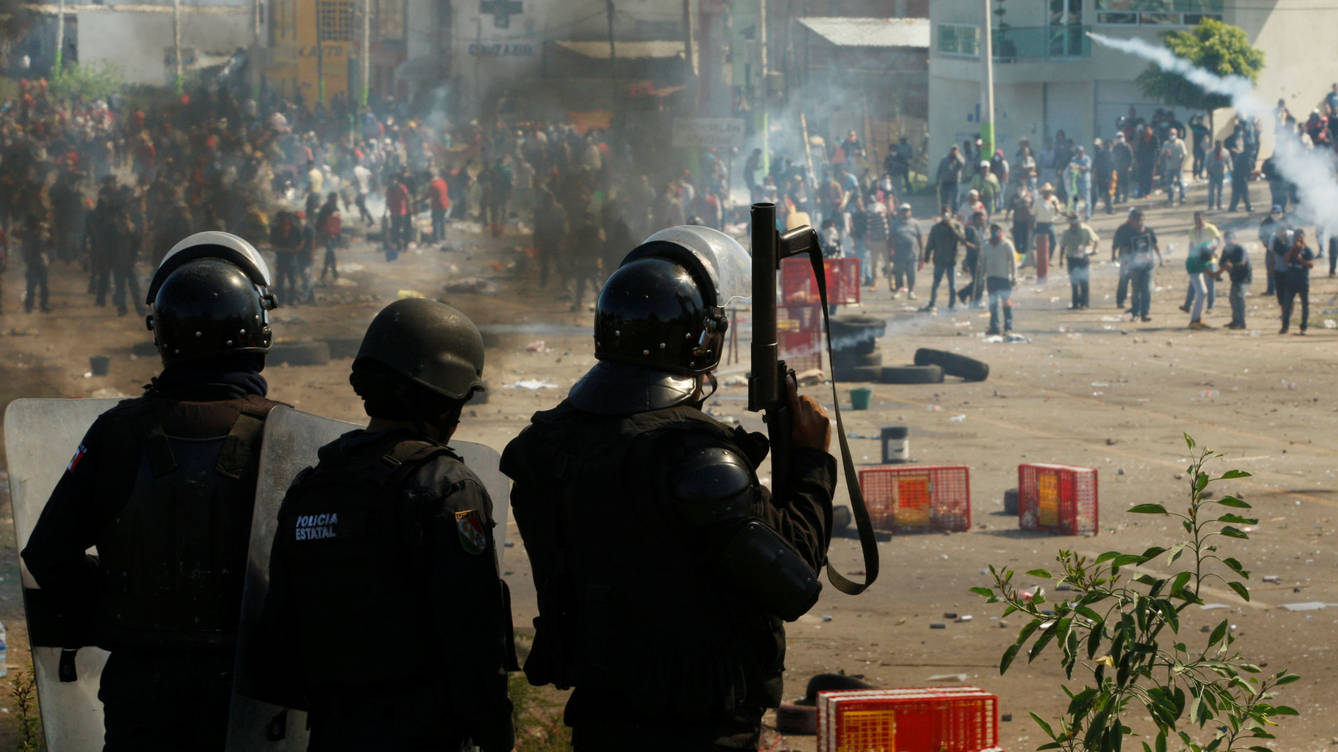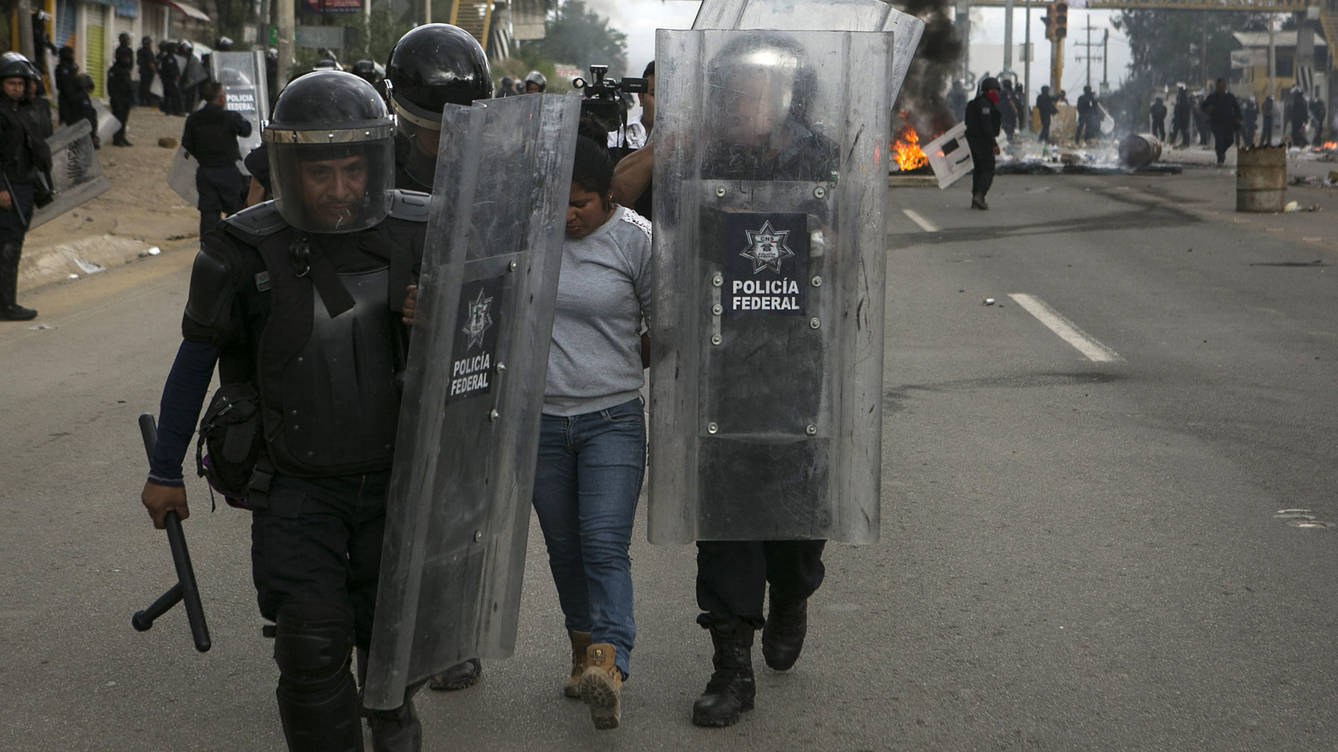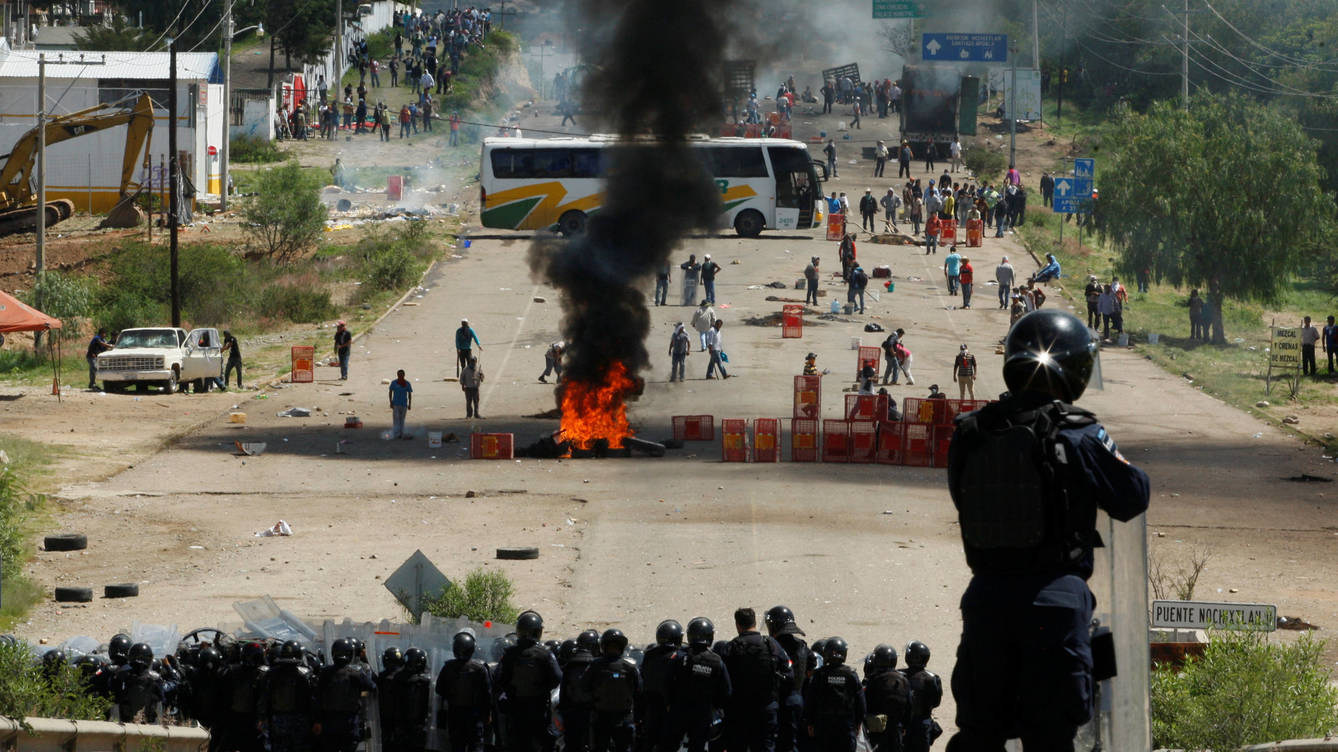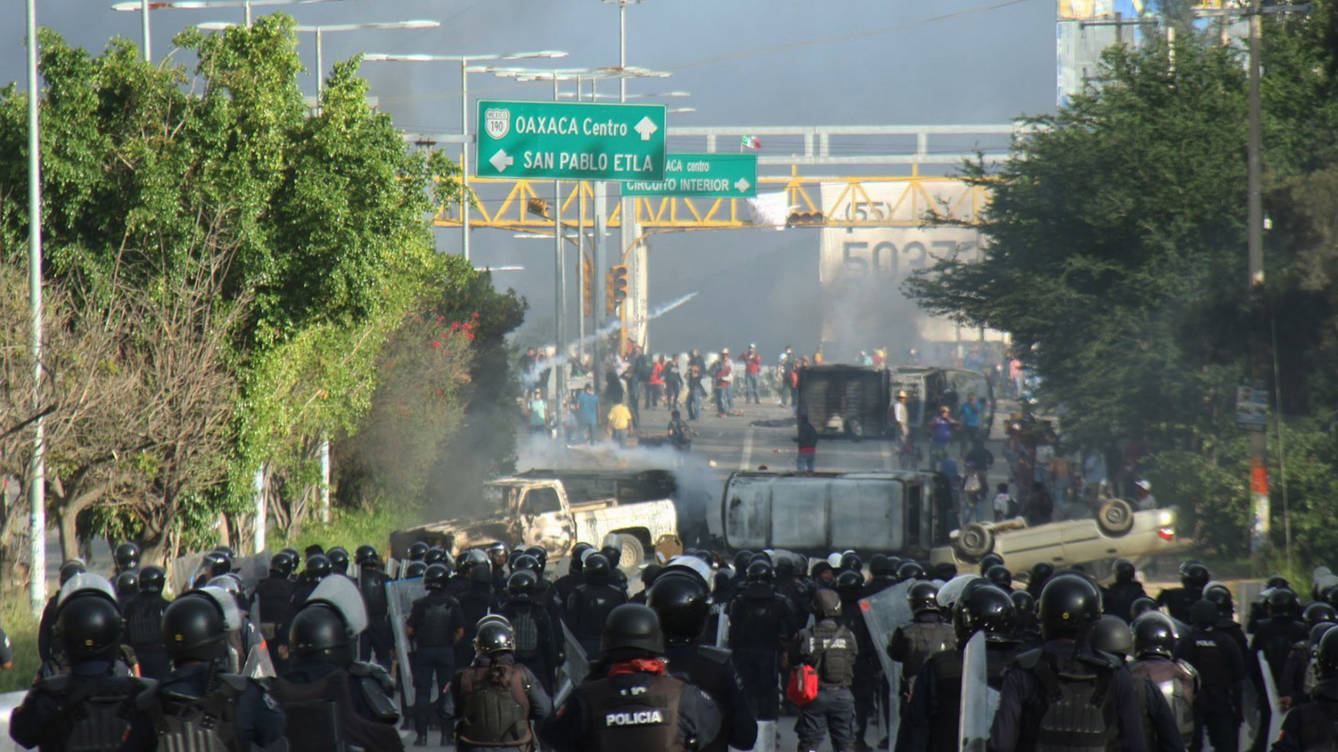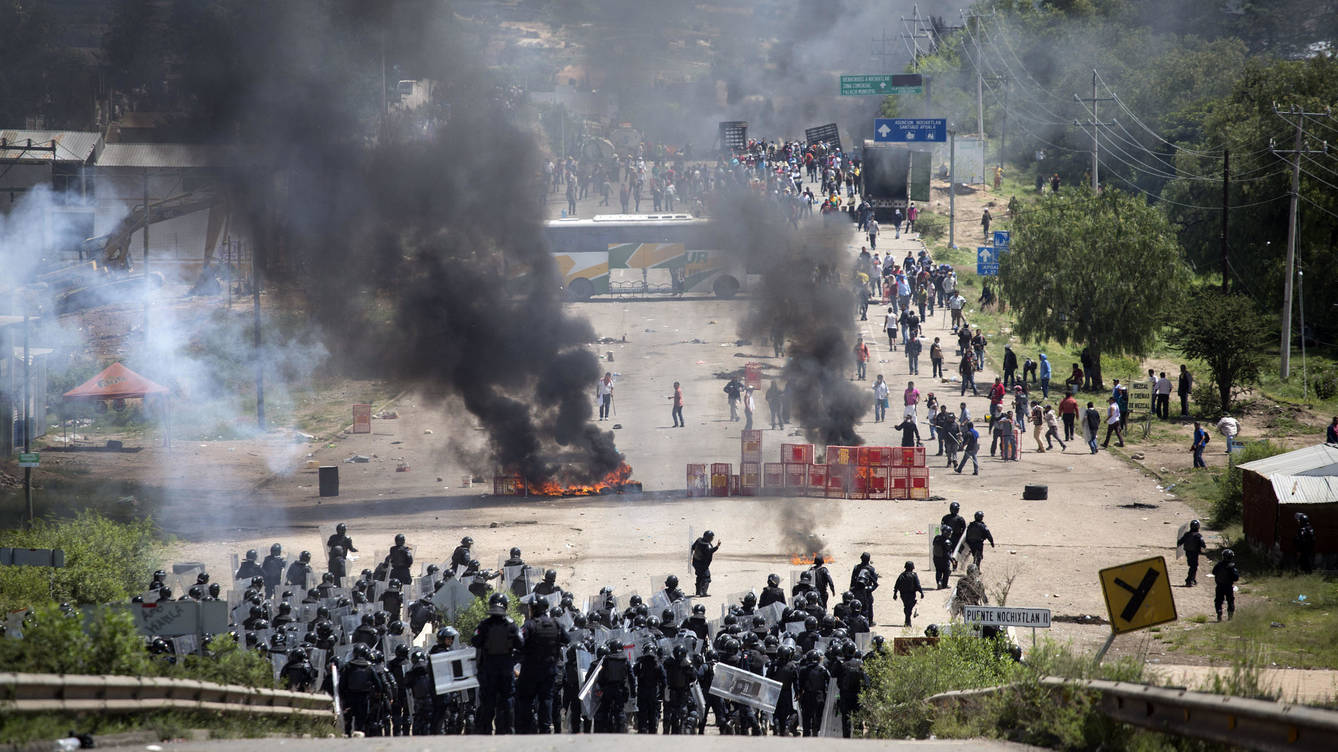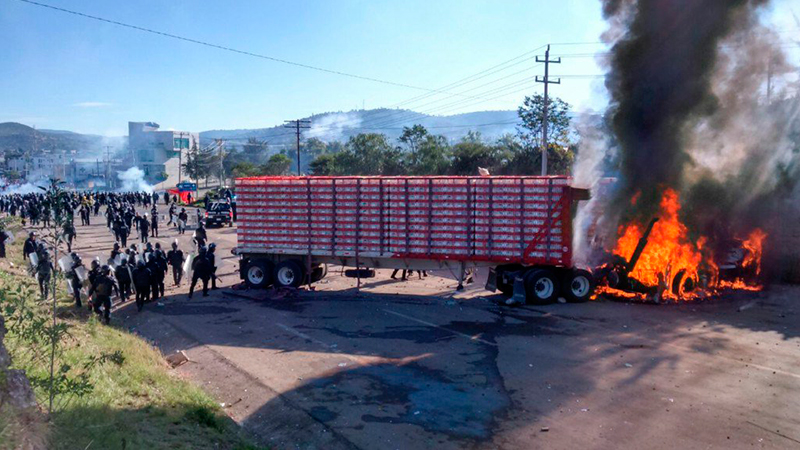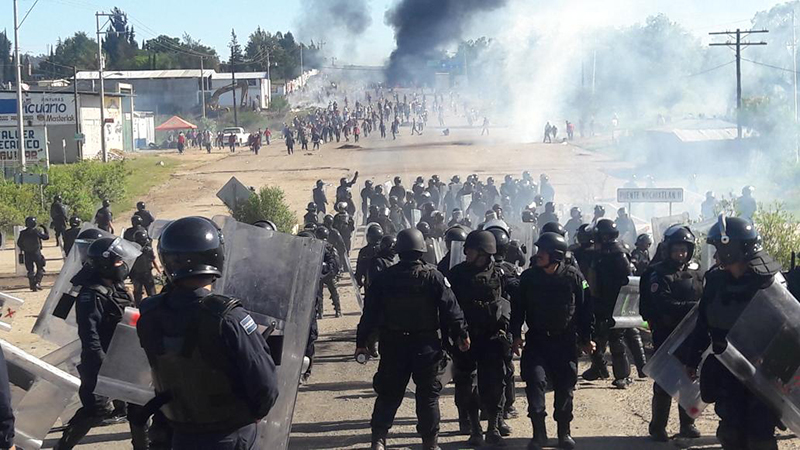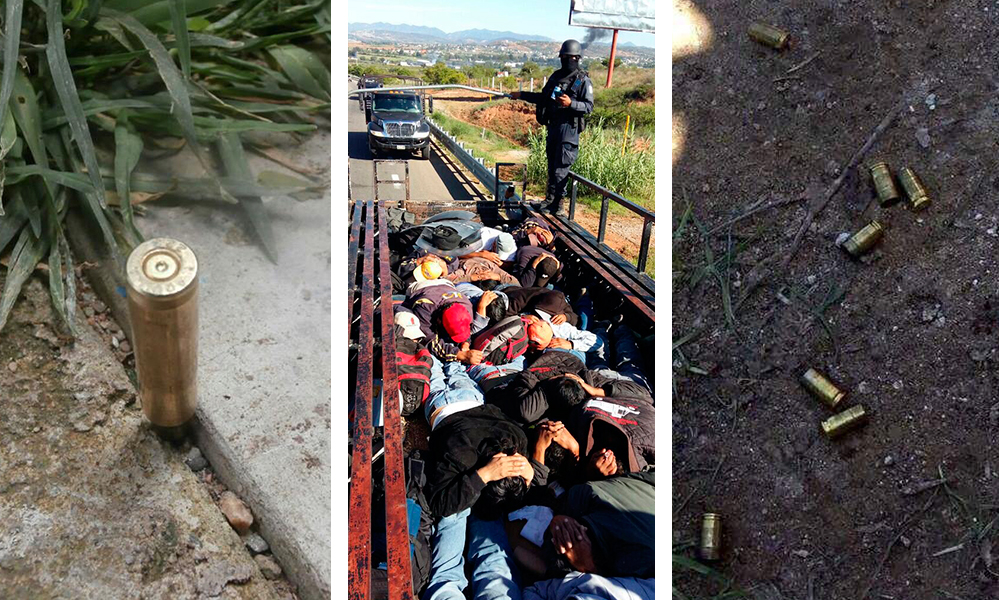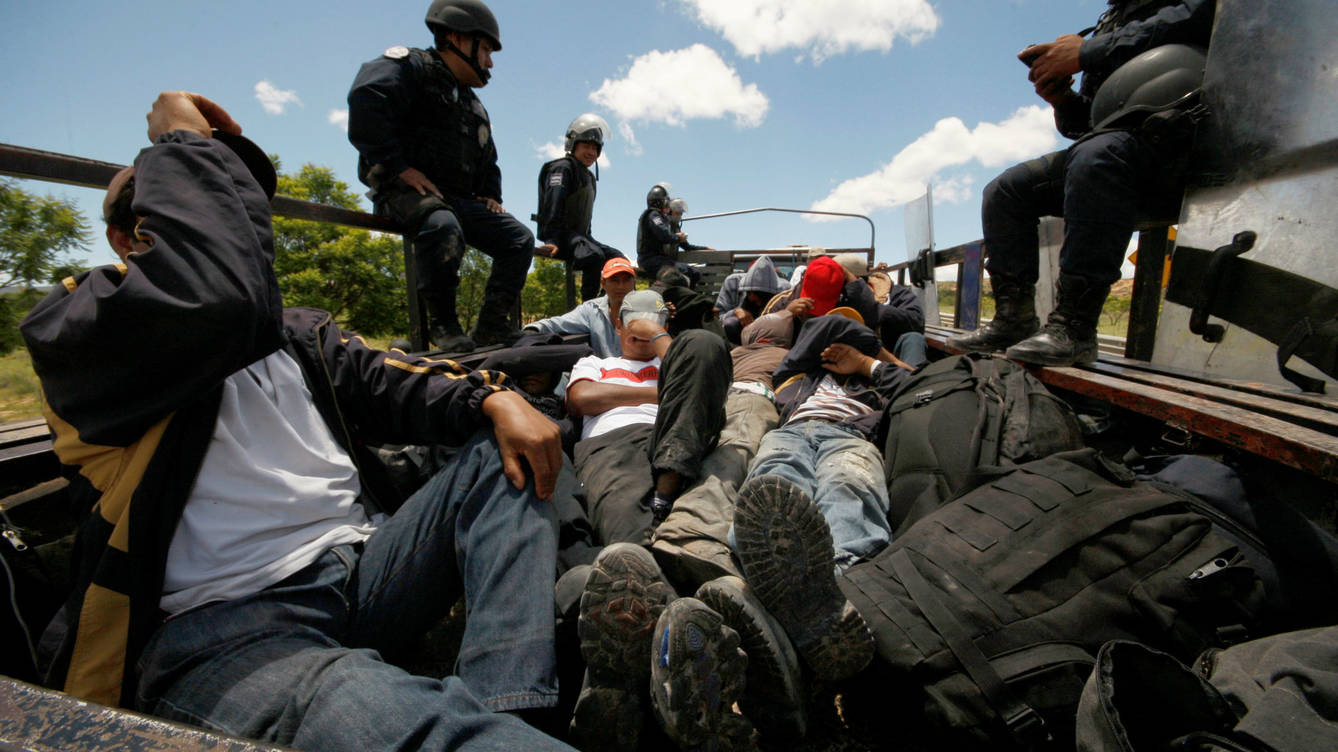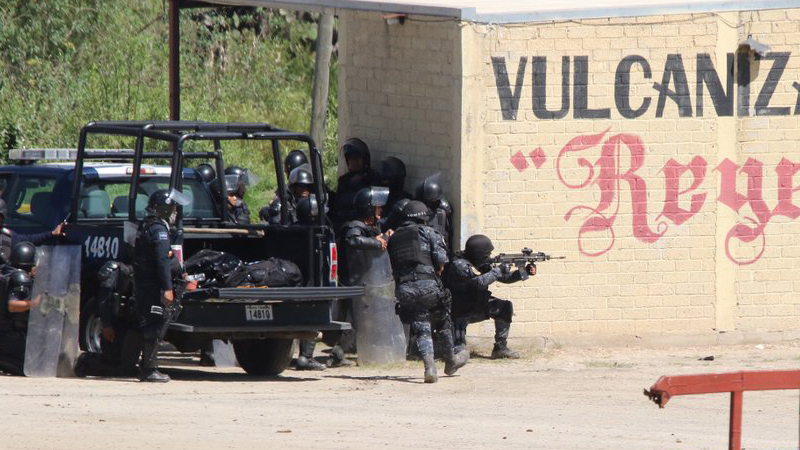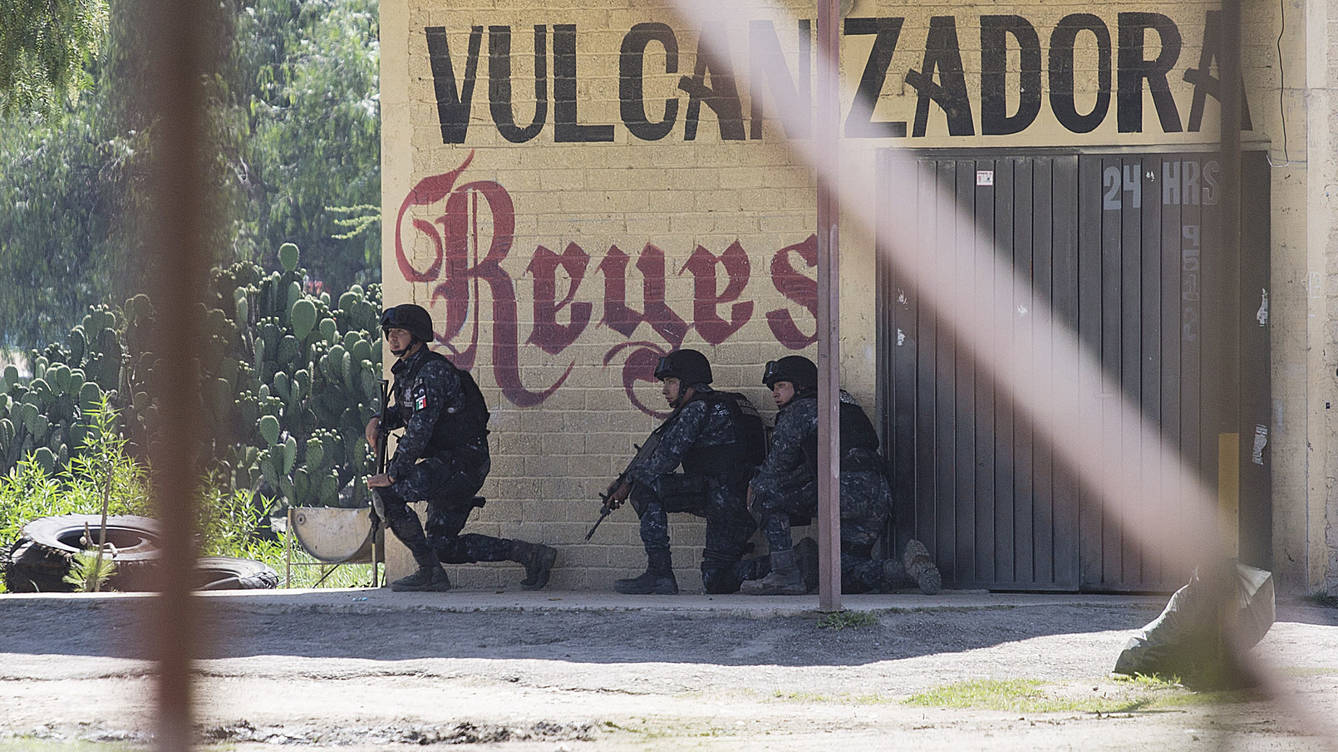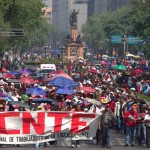
represión

(Español) Francia: Otra vez represión y detención en París de 95 manifestantes contra la reforma laboral

La policía de París detuvo a 95 personas que pretendían participar en la marcha contra la reforma laboral convocada por los principales sindicatos franceses.
Las fuerzas de seguridad señalaron que los ciudadanos fueron detenidos por supuestamente portar objetos que podrían utilizarse como armas. Los detenidos fueron conducidos a la comisaría para comprobar su identidad, dijo la policía Prefectura (PP), sin especificar si algunos habían sido puestos bajo custodia.
>> Sindicatos franceses marcharán nuevamente contra la reforma
Los asistentes a la nueva movilización debieron someterse a un control de seguridad para acceder a la plaza de la Bastilla, tras las hechos violentos de la marcha del pasado 14 de junio que dejaron un saldo de varios heridos y decena de detenidos.
Para impedir hechos violentos el Gobierno desplegó un fuerte operativa de seguridad comprendido de dos mil policías.
Los organizadores de la marcha han señalado que mientras el Gobierno francés no retire la reforma laboral ellos seguirán en paro y promoviendo acciones de calle en defensa de sus derechos labores.
Foto: La policía de París trasladó a los detenidos a una comisaria de la ciudad.
(Español) Argentina: En Plaza de Mayo marcharon en solidaridad con los maestros y maestras mexicanas
Resumen Latinoamericano, 23 junio 2016.- Cientos de personas marcharon para repudiar los asesinatos del gobierno de México en Oaxaca. La Asamblea de Mexican@s en Argentina, las Madres de Plaza de Mayo -Línea Fundadora- y varias organizaciones de izquierda confluyeron en la Plaza y testimoniaron el apoyo a los maestros y maestras de la CNTE, exigiendo el castigo a los culpables de la masacre ocurrido el lunes en Oaxaca.
Además convocaron a una concentración de repudio el lunes 27 a la mañana frente a la Embajada de México en Buenos Aires.
